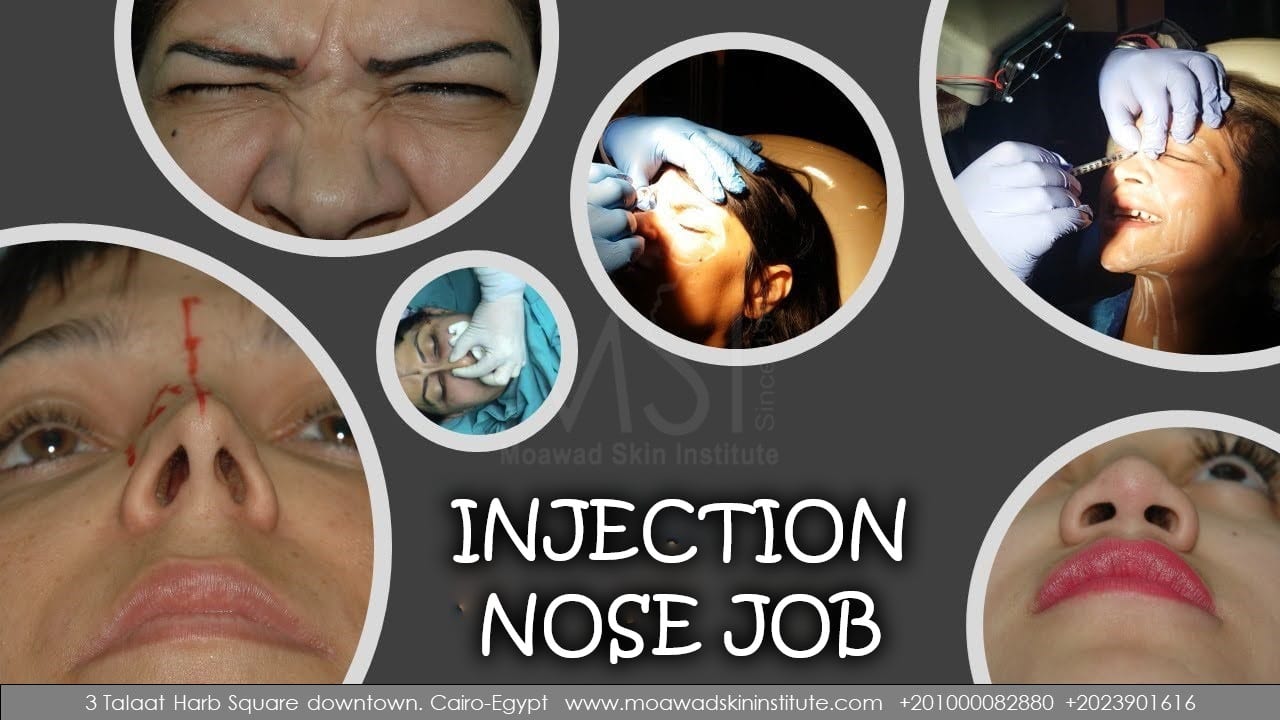Injection Nose Job (rhinoplasty)
Rhinoplasty is technically demanding surgery, and even in the best of hands, postoperative healing and the most exceptional aesthetic outcome can be unpredictable. In addition to the risks of general anesthesia and a protracted postoperative convalescence, rhinoplasty may lead to adverse cosmetic results. Even in patients with a first satisfactory outcome, slight asymmetries, depressions, and contour irregularities may present several years after surgery. Correcting these minor problems often requires surgical revision, and the available surgical options are limited in number, expensive, time-consuming, and prone to further complications. Non-surgical rhinoplasty, injection rhinoplasty (filler, fat, or botox), has gained popularity for primary and revision nose enhancement procedures. In selected people, injection rhinoplasty can give a ready vise result in the convenience of the office setting. The process is minimally invasive and has an excellent safety record. However, unlike surgical rhinoplasty, it is limited in its ability to produce a significant change in the caudal aspects of the nose. It has been proposed for patients.
